
|
Quirinus van BlankenburgQuirinus van Blankenburg (±1654-1739) was born in Gouda and received his first music lessons from his father. He was already appointed to organist of the Remonstrant church in Rotterdam while he was still only 15 years old, and continued to be organist with various churches until his death. Besides that he was carillon player, composer, assayist of organs and carillons and music theorist. He knew Huygens and gave a treatment of the 31-tone tuning in Elementa Musica. Chapter 24 of this book is titled "De Wet der Nature in een Cirkel van reine groote Terssen, Die de Quinten in een aangename zweeving en te gelyk alle klanken regelmatig verdeelt, zonder die in't byzonder te stellen (The law of nature in a circle of pure major thirds, which distributes regularly the fifths in an agreeable beating and likewise all tones)." He posed much importance to the 31-tone system, en stressed the fact, as shown in the figure below, that tones can also be ordered in a closed circle of pure major thirds (i.e. almost pure, the difference being less than 1 cent).
He elaborated on Huygens' work by giving names for the 31 tones and invented the accidentals
for a half chromatic sharp ("'t klein kruis = the little cross") and flat ("'t klein mol = the little flat").
For these he proposed the signs × and
Publications of his work
|


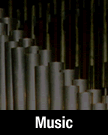
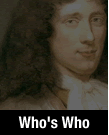
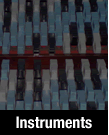
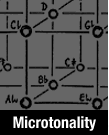

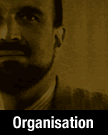


 . He was an opponent of (12-tone) equal
temperament and posed that one traded with it the wolf fifth for "twelve little wolves".
Few compositions by Blankenburg are known, one of which is a harpsichord and organ book with
arrangements of all psalms.
. He was an opponent of (12-tone) equal
temperament and posed that one traded with it the wolf fifth for "twelve little wolves".
Few compositions by Blankenburg are known, one of which is a harpsichord and organ book with
arrangements of all psalms.

